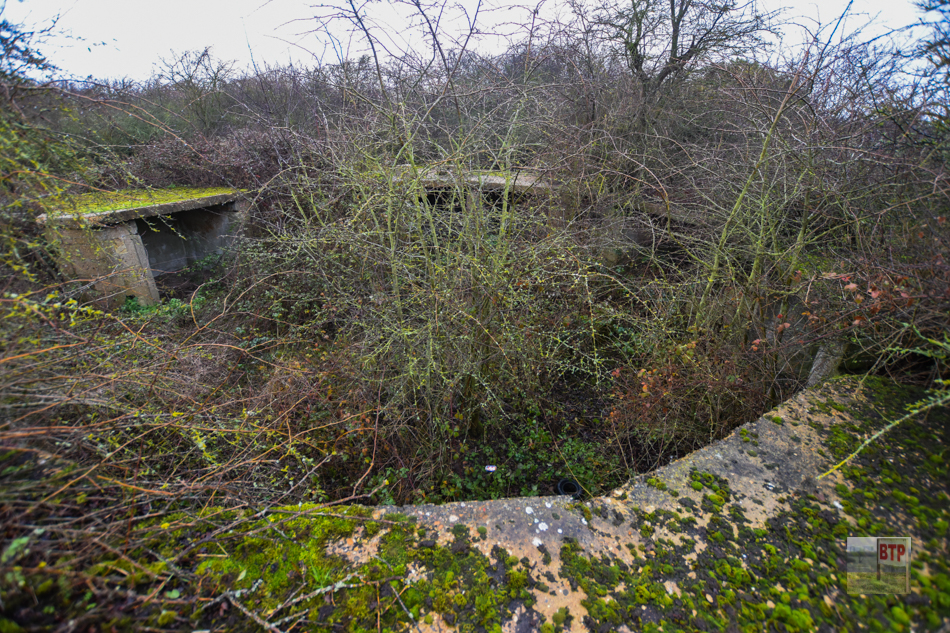
When Britain came under aerial attack in the Second World War, thousands of Heavy Anti-Aircraft batteries and associated army camps were built across the country. These are a fairly uniform and easy-to-recognise ruin one can find in anywhere from open farmland to housing estates. We have looked at other nearby batteries, such as those in East Tilbury, Hadleigh, and two on Canvey Island. HAA batteries are easily recognised by their hexagonal concrete gun pits, featuring ammo storage compartments around the edge and occasionally a bomb-shelter set into the side. Usually four of these gun pits were arranged in a ‘semi-circular’ crescent shape; facing their target direction. In the centre of these would be a sunken command post, controlling the guns. These are harder to find extant now because of their irregular shape and submerged profile; often demolished or buried.
Shopland Hall Road in Sutton; a sparse farming parish north of Southend and Rochford, is home to a one of these HAA batteries in reasonably good condition with little sign of vandalism. In-fact, much of the original paintwork and signage survives. The site is highly overgrown making it very inconspicuous and cannot be spotted until looking closely even right next to it – the undergrowth has potentially saved the site from destruction and ruin seeing that it appears as no more than an area of shrubbery in the corner of a field. The four gun pits remain clearly with the gun mounts still visible. They feature bomb shelters and the usual ammo recesses – still bearing painted numbers, lettering, and text, such as ‘night’ and ‘shrapnel’. The command post is somewhat of a mystery. It seems the site has never been used since the 1940s, although the command post area leaves no clue as to whether it still lies buried under a mound of soil or was demolished; suggested by several broken lumps of concrete and brick seen on the surface. The site would have been armed with 3.7 inch guns. There also would have been two different emplacements at either end of the semi-circle arrangement. The site was ‘codenamed’ TN2, and would have later been equipped as a six-gun ‘Diver’ light anti-aircraft battery called N2 in July 1944. In November 1944, several radar arrangements would have been added too. Wartime RAF aerial photographs show that accommodation huts would have lied to the south and later north of the battery, connected by a track. It is now a scheduled monument.
Gun Pits
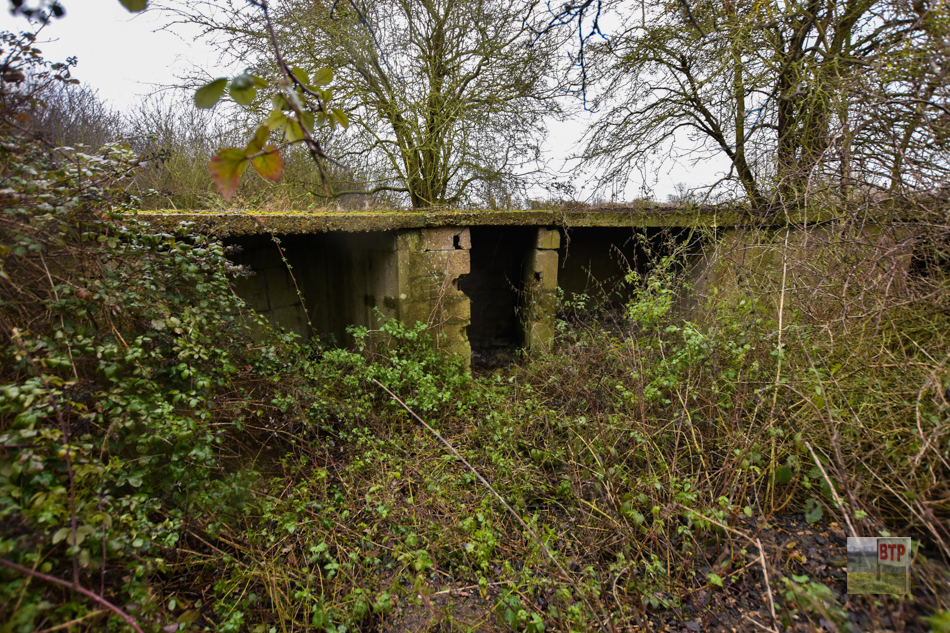
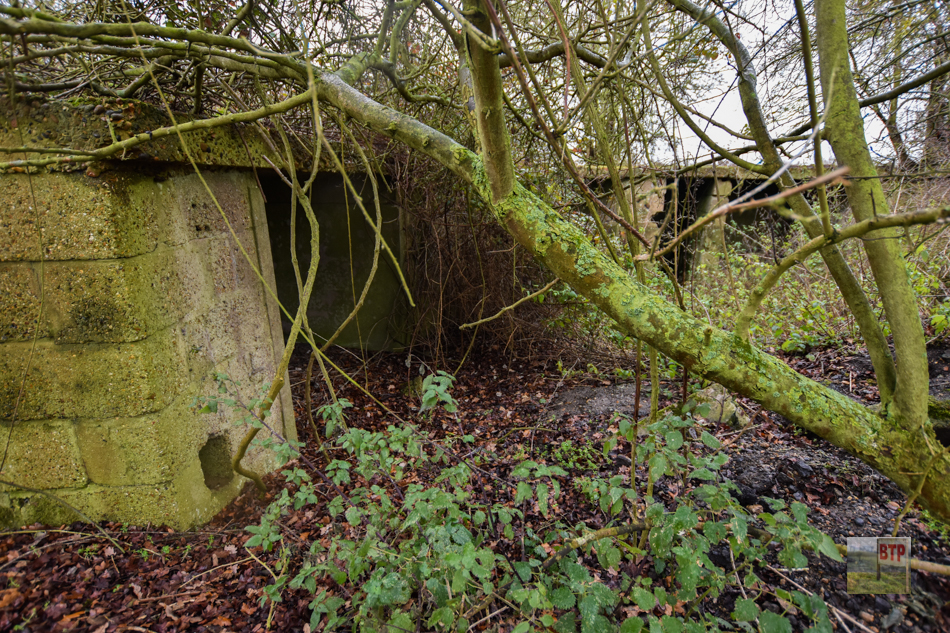
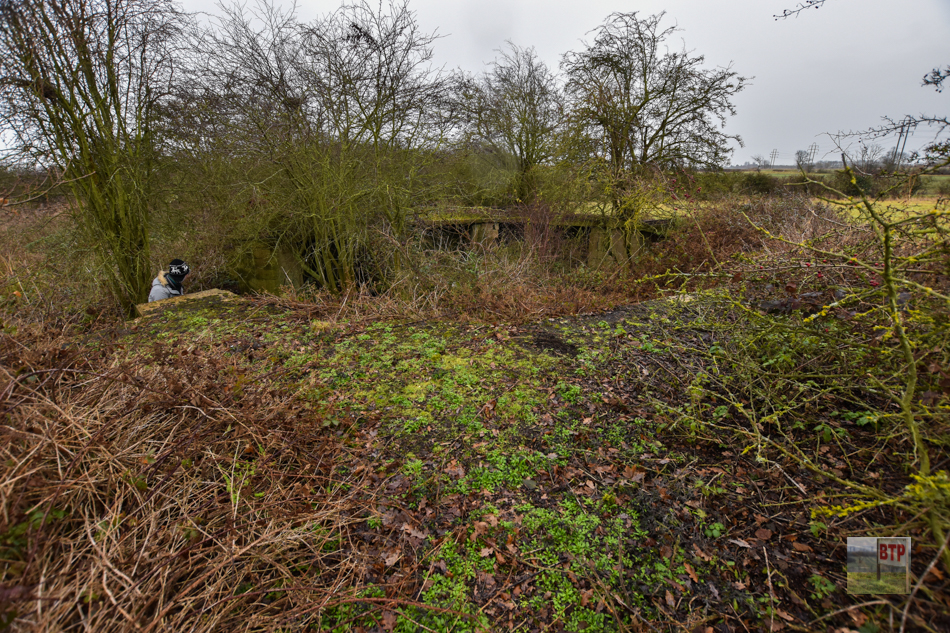
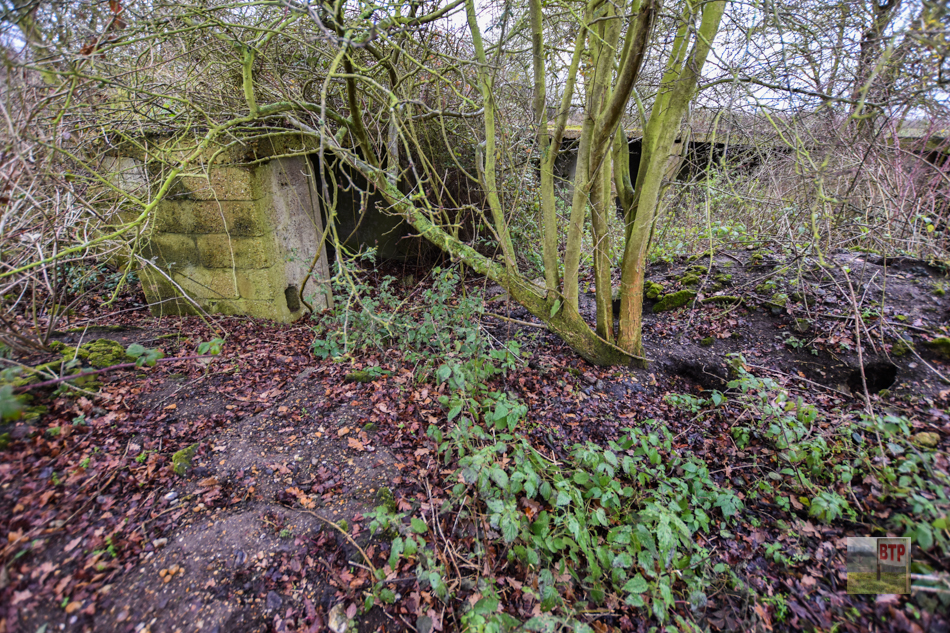
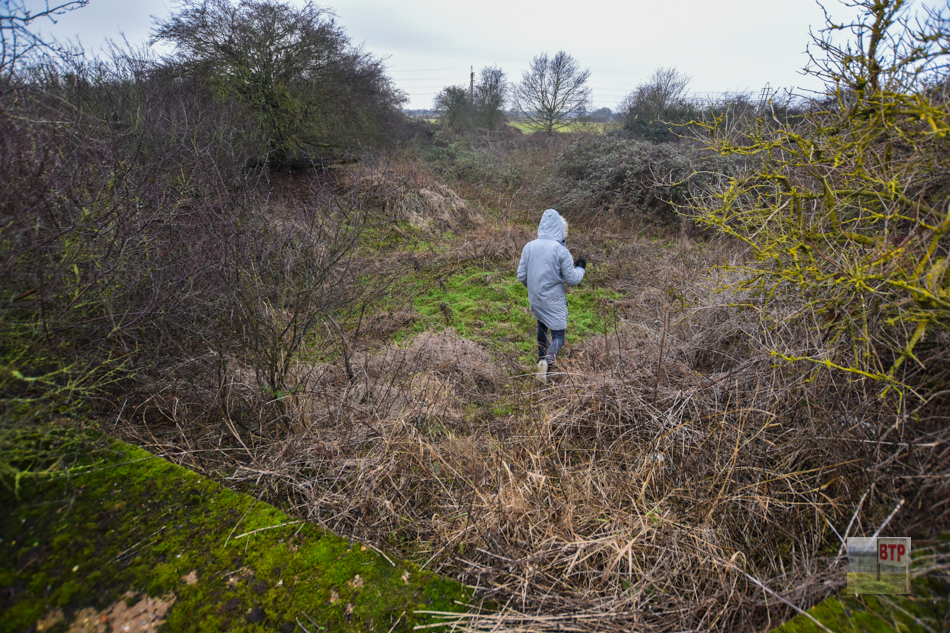
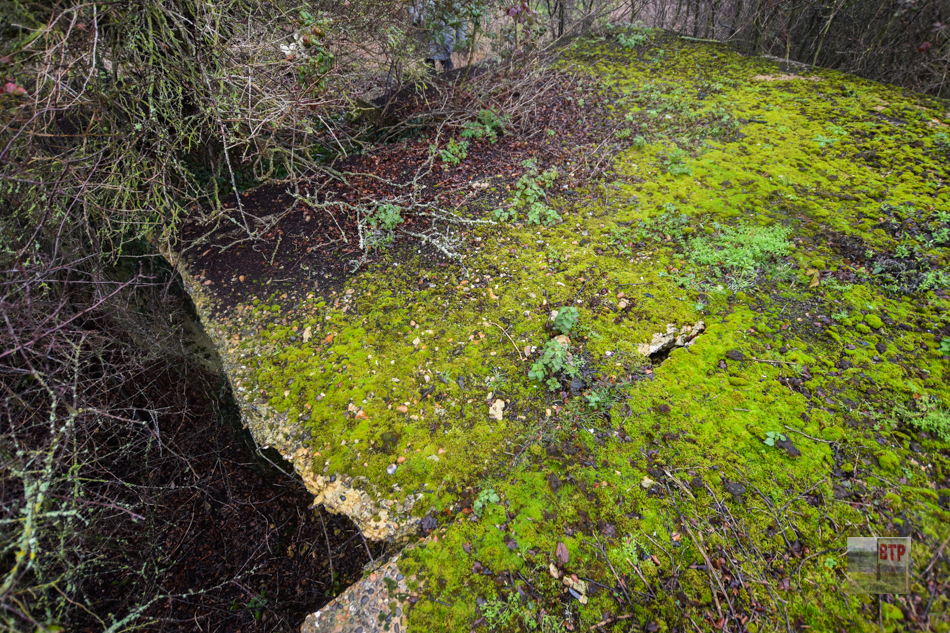
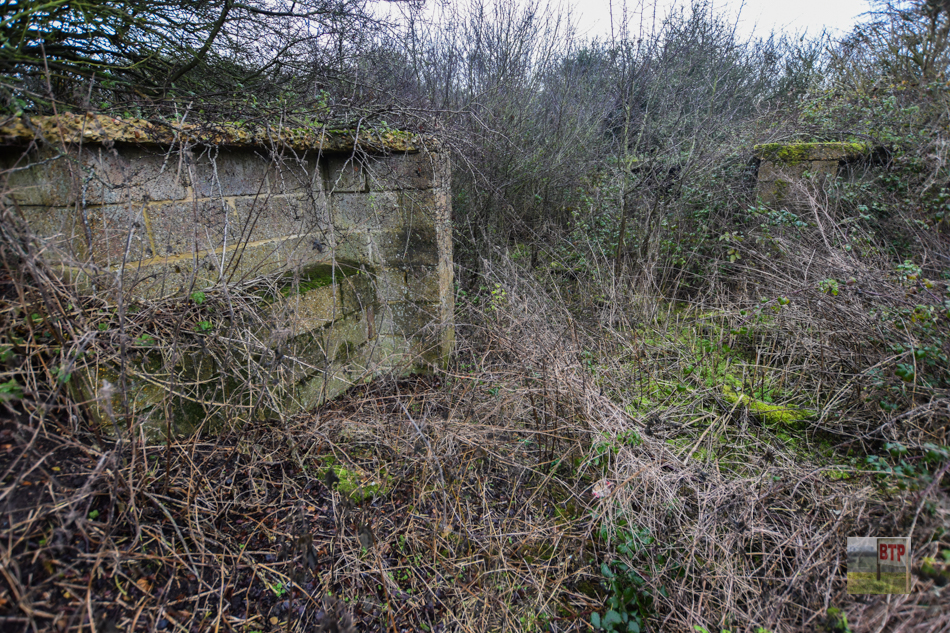
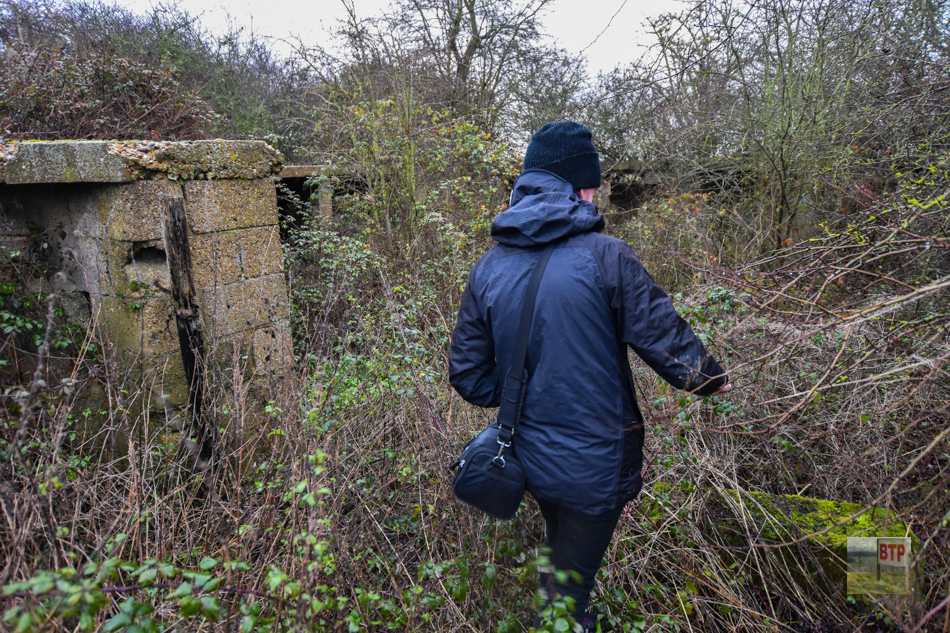

Ammo Recesses
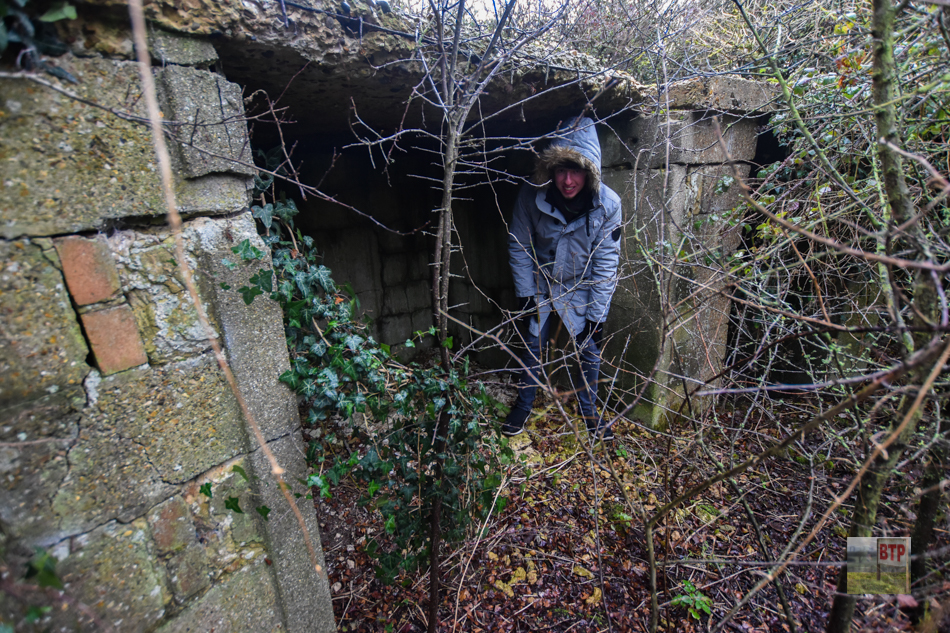
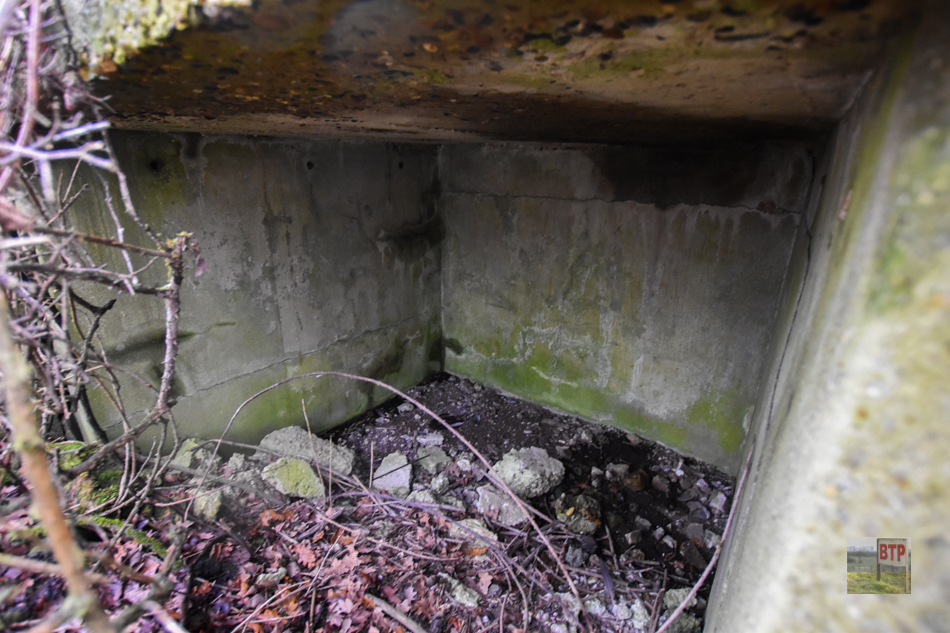
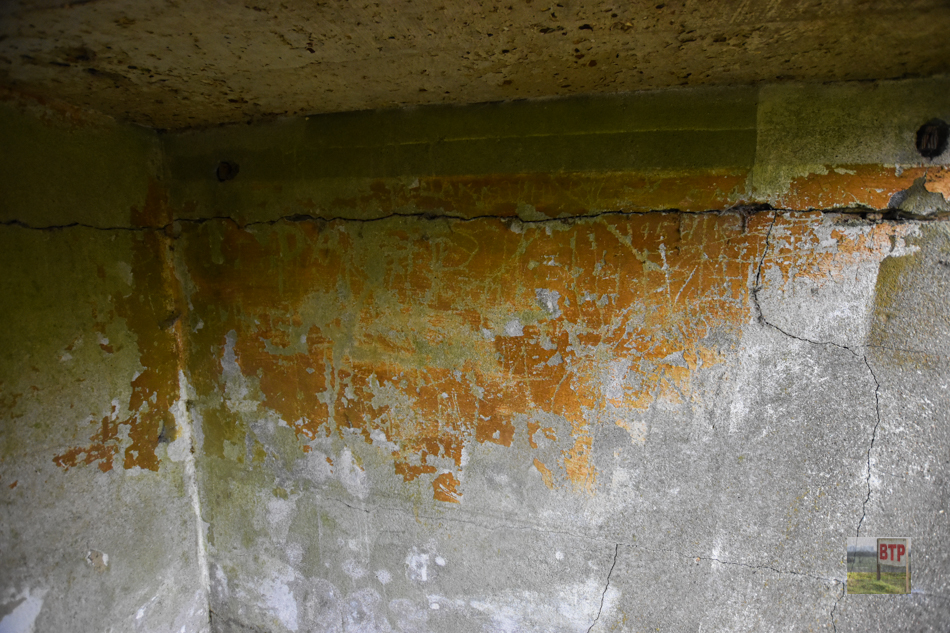
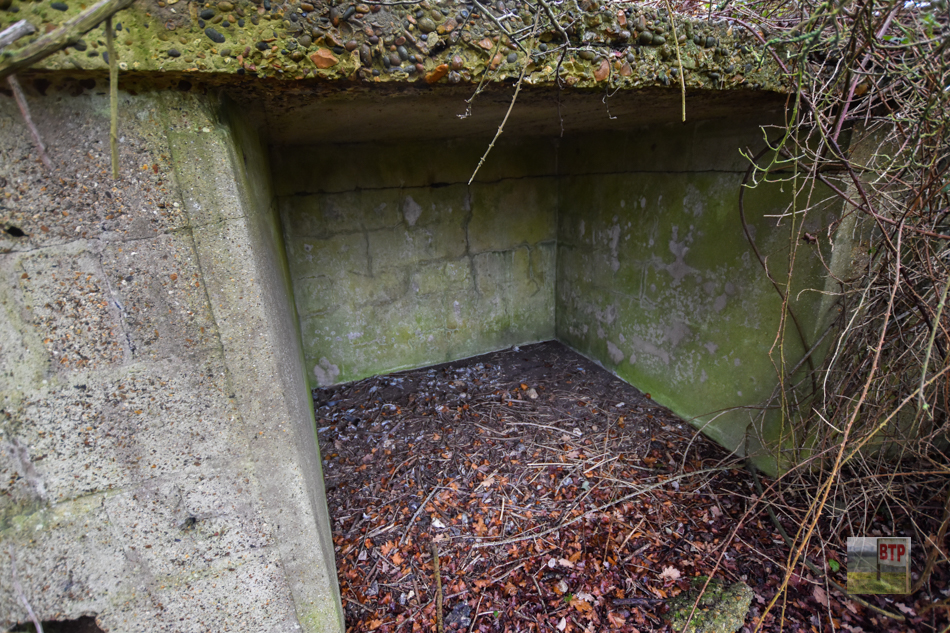
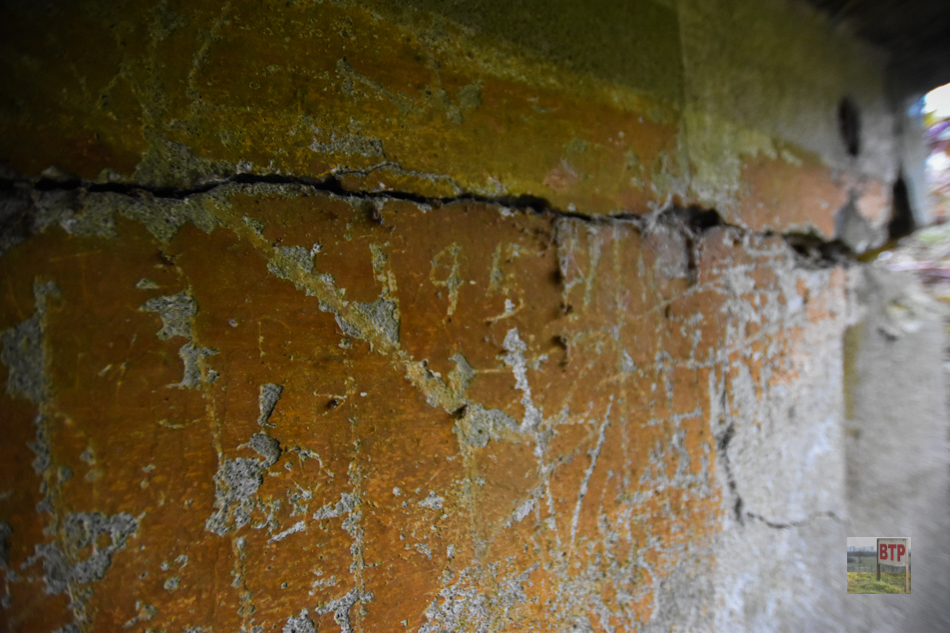
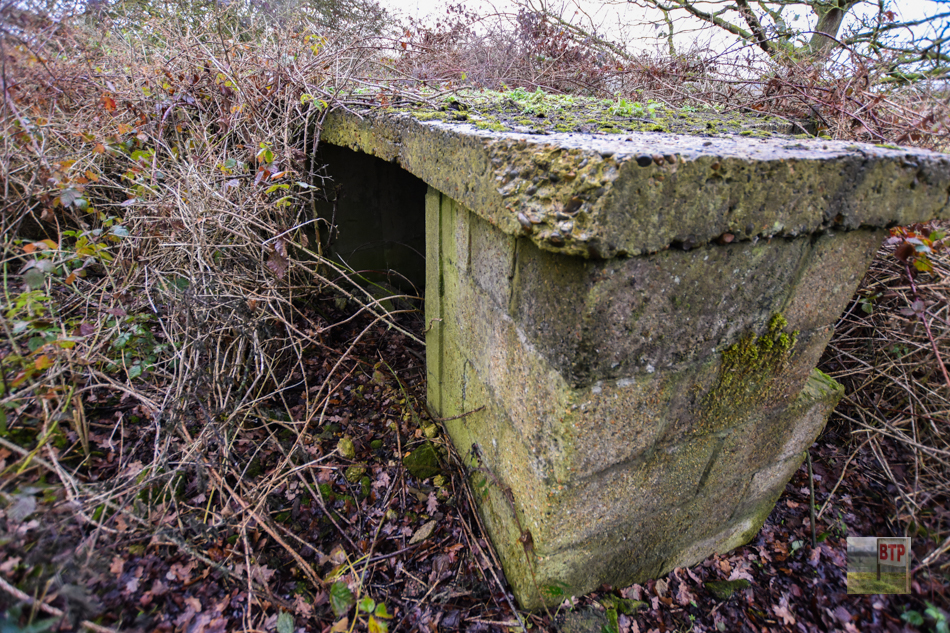
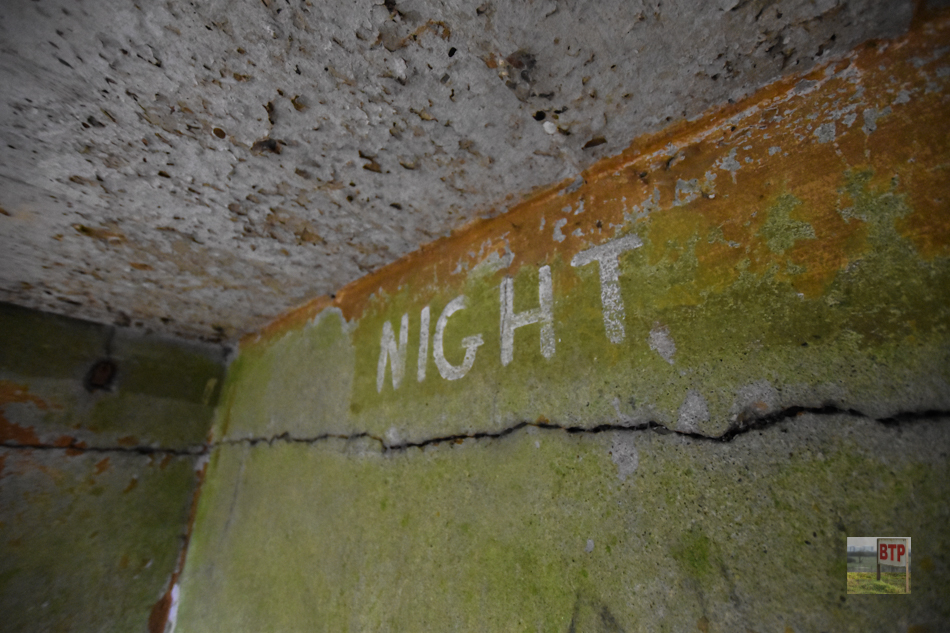
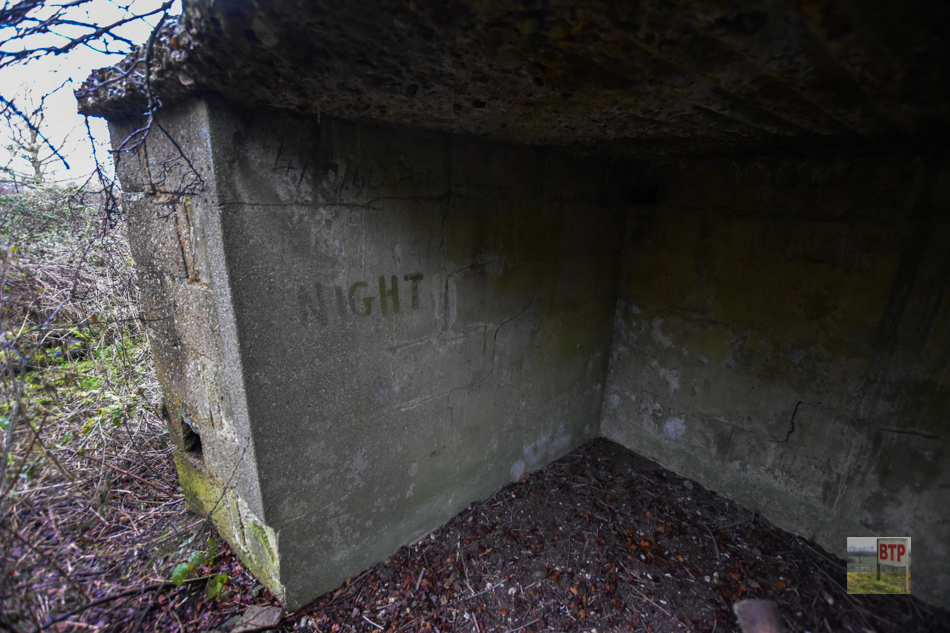
Bomb Shelters
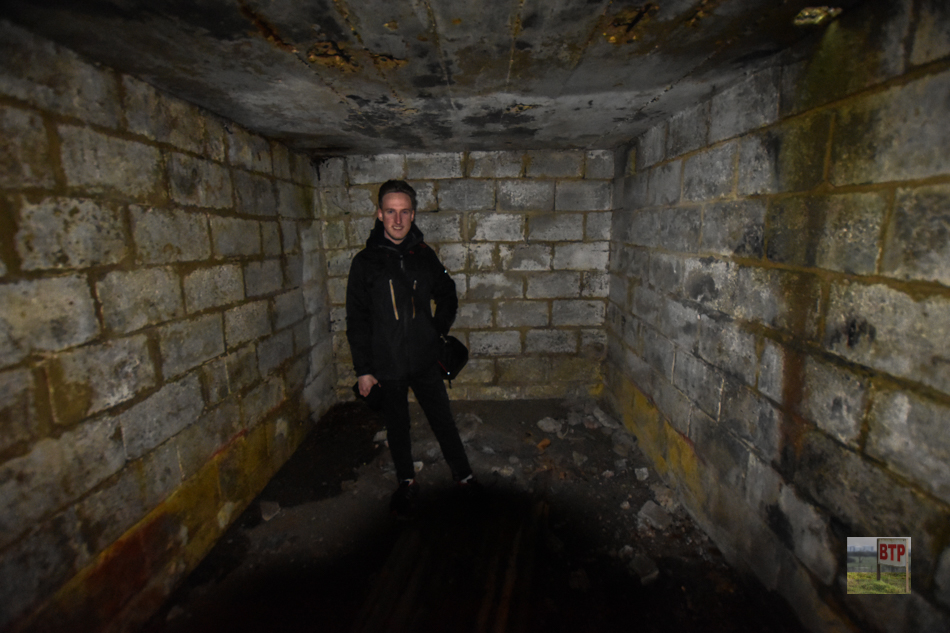
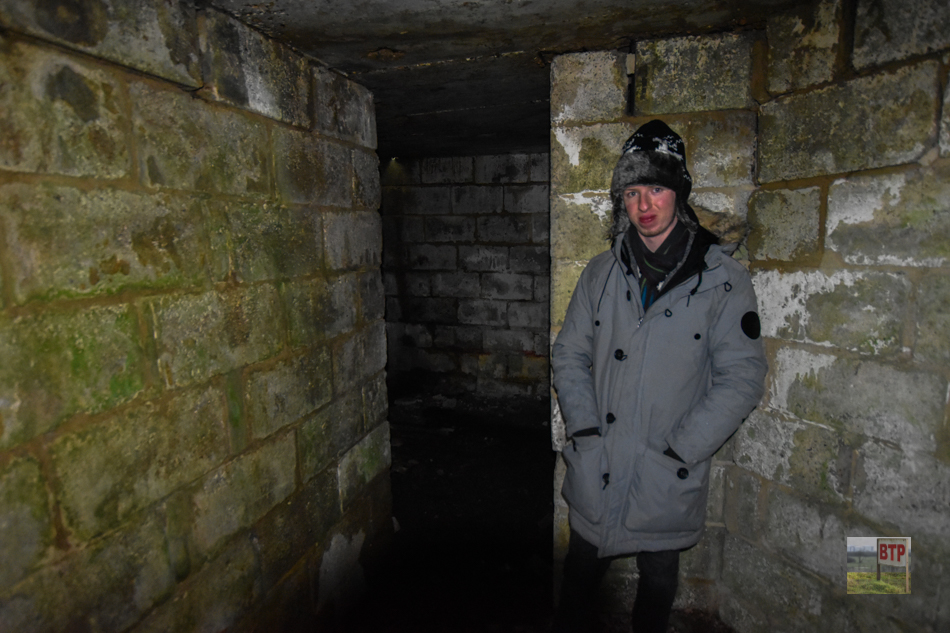
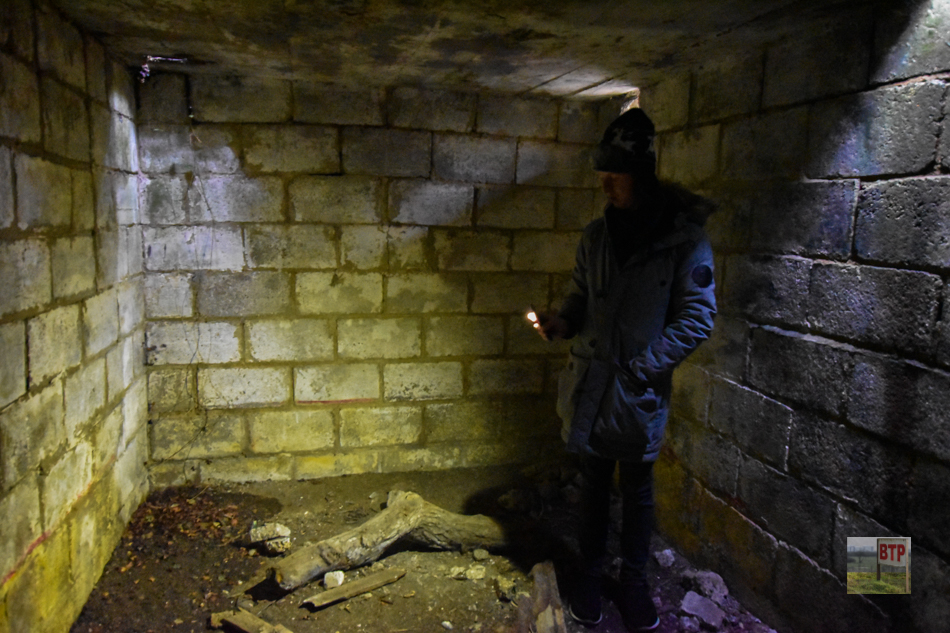
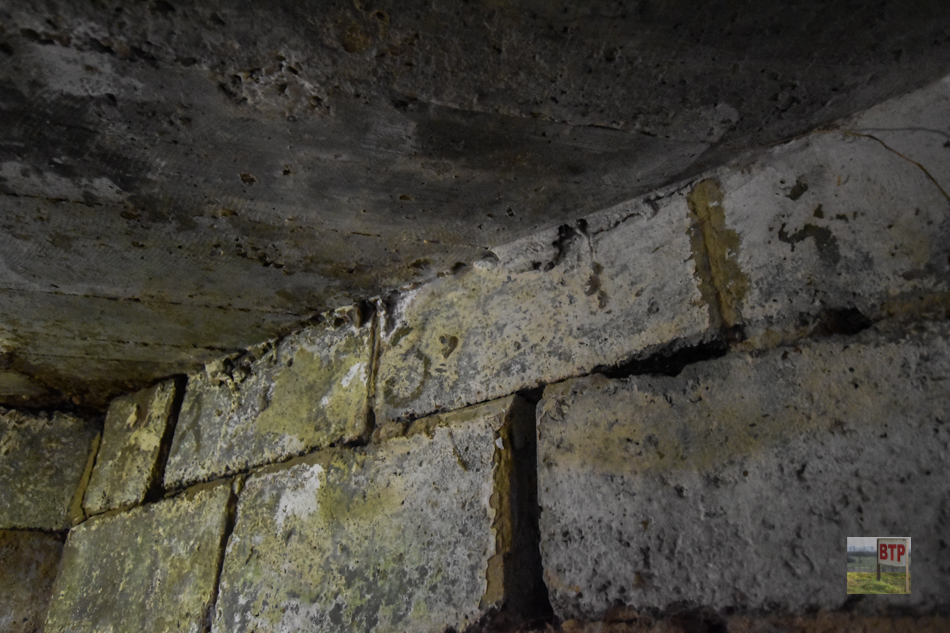
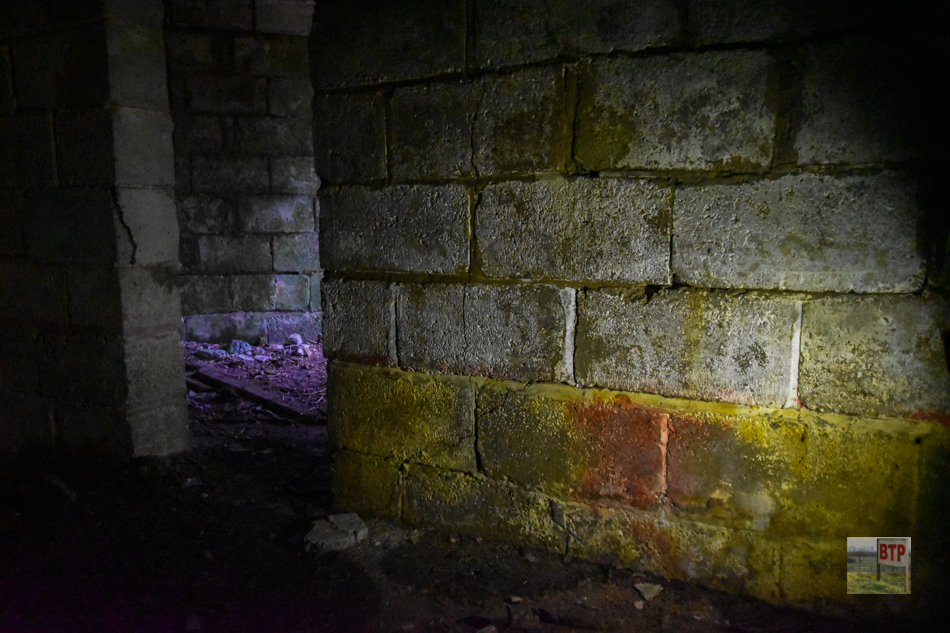

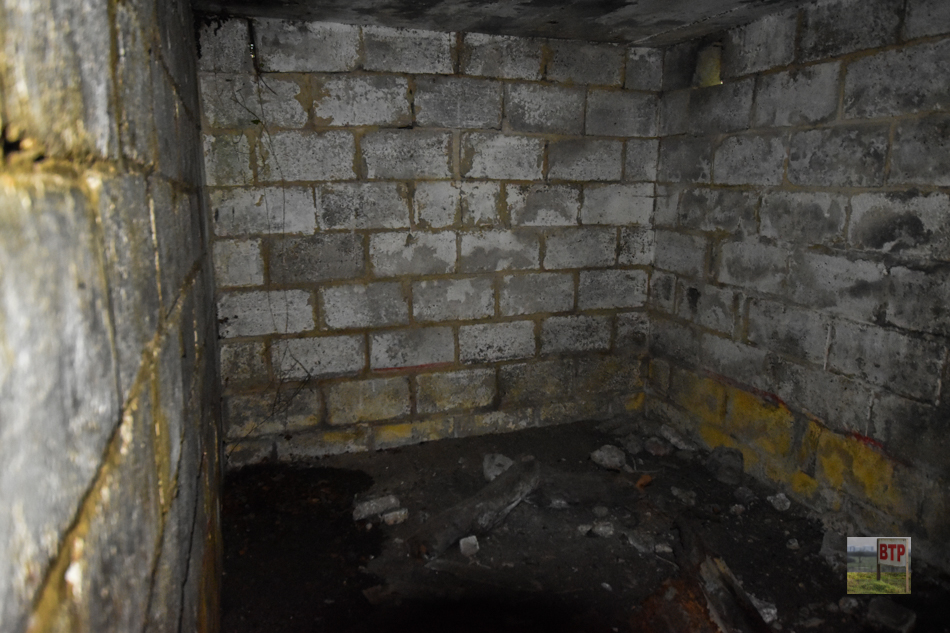
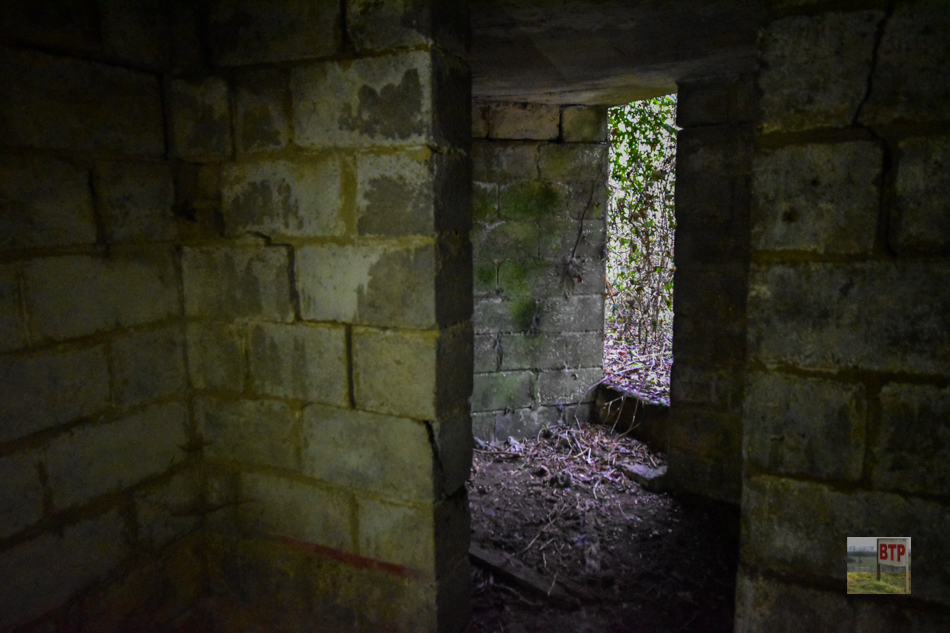
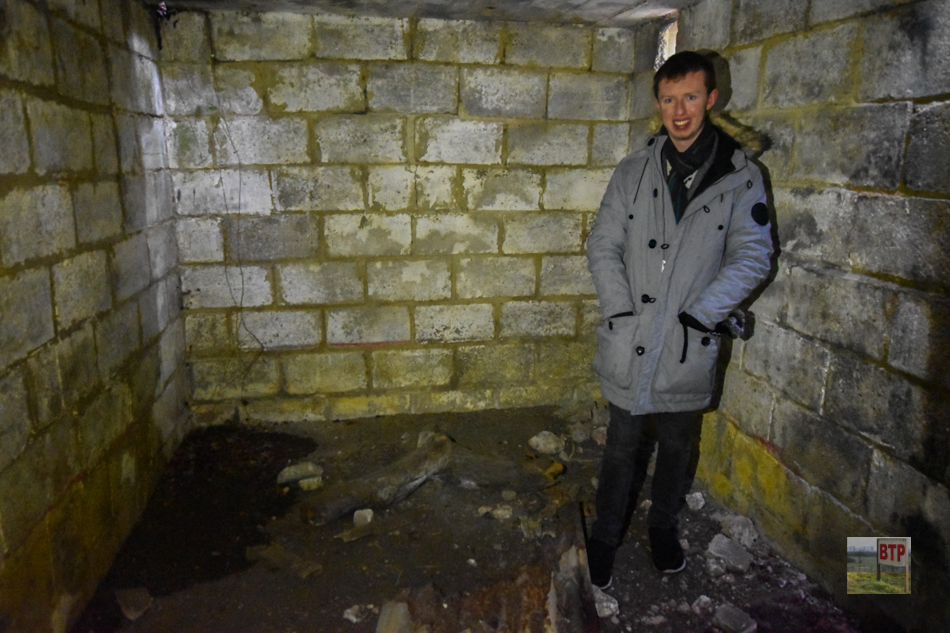
Drone Photography
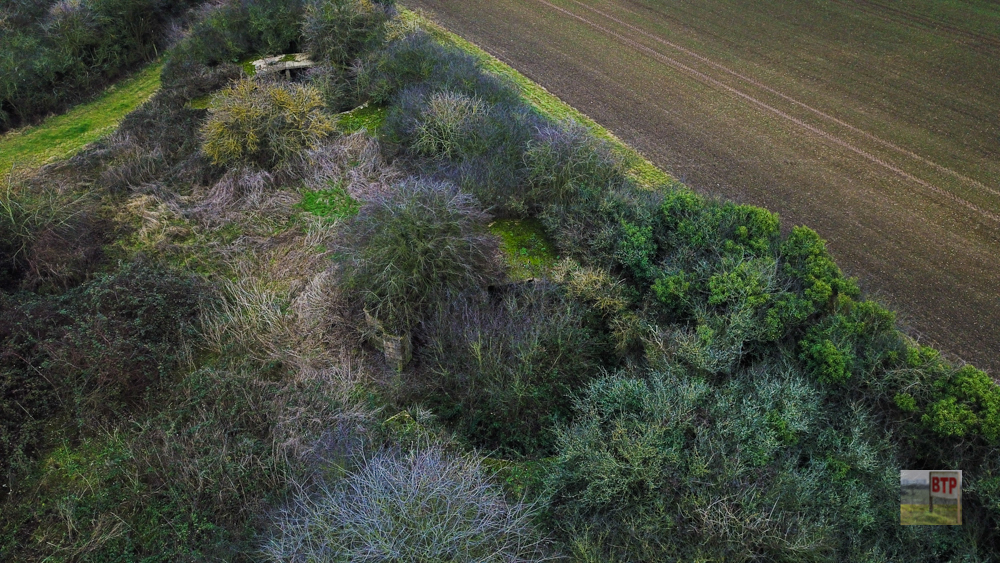
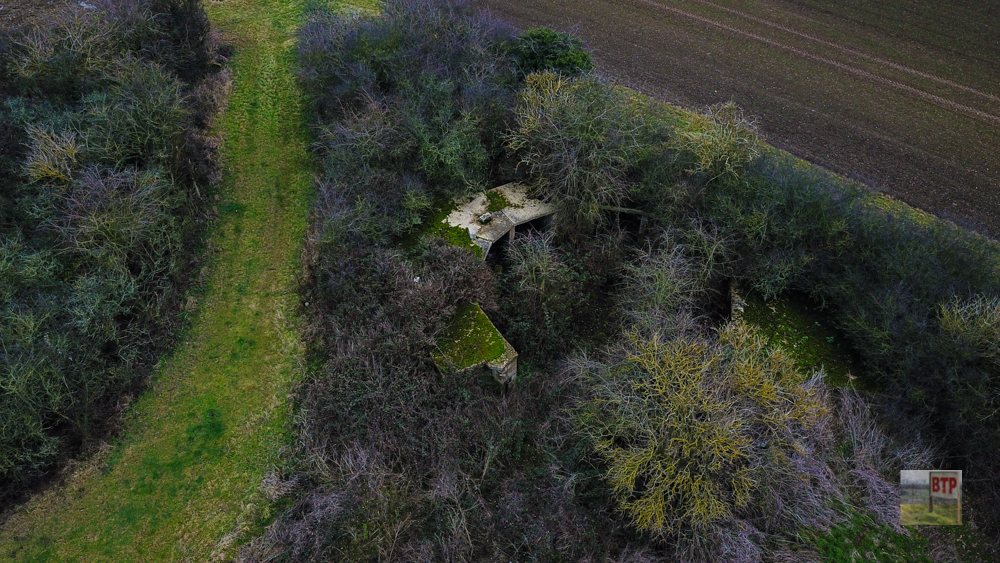

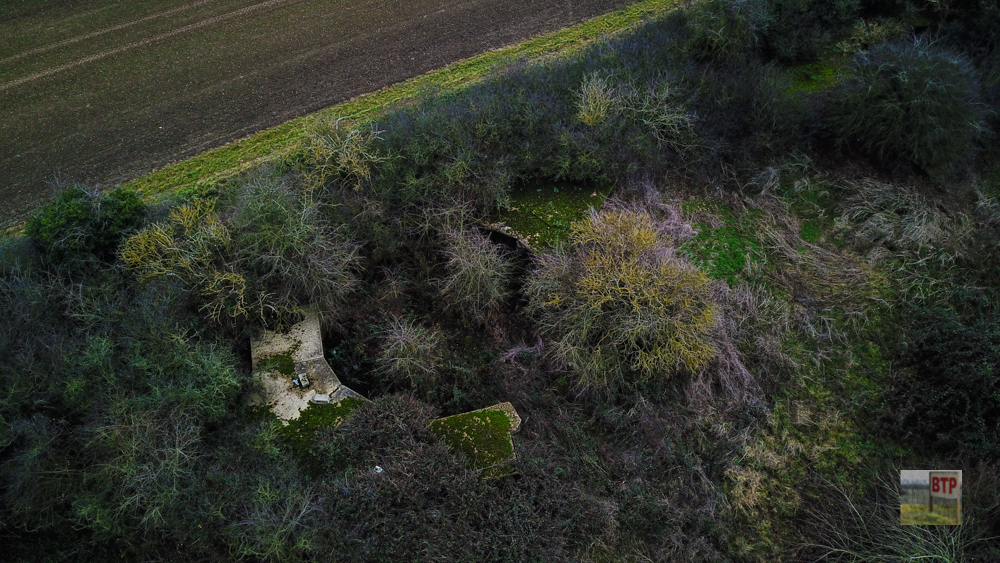
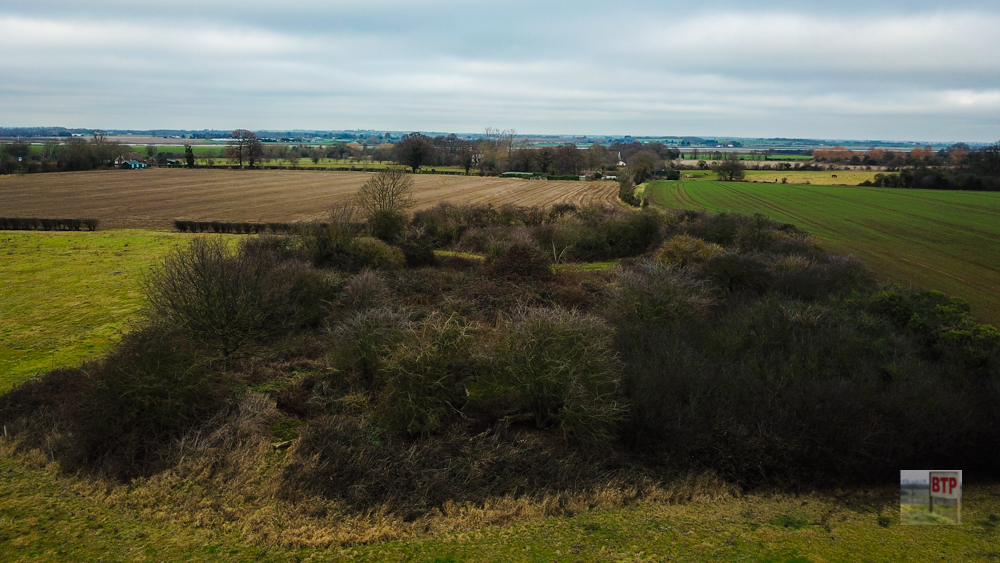
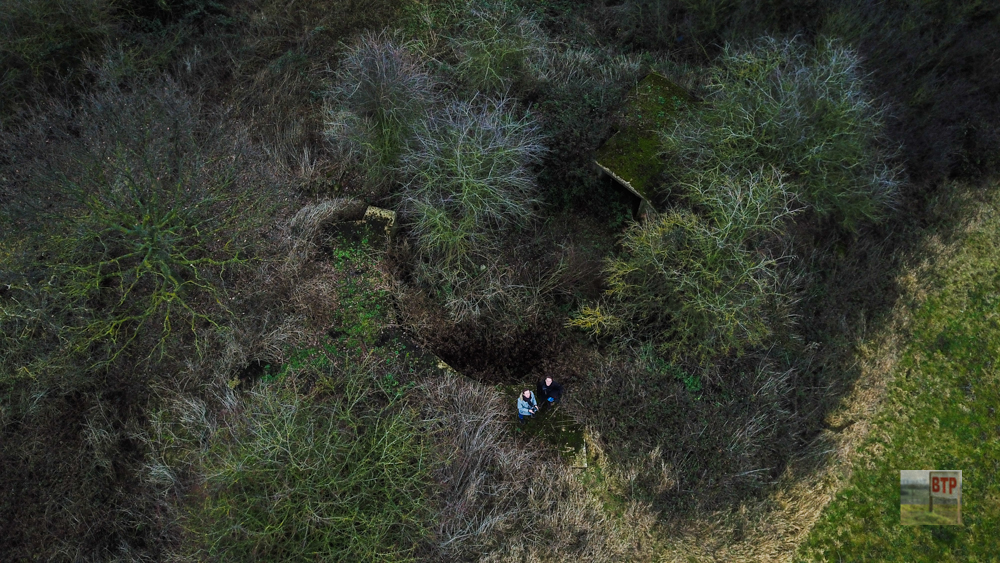
Sources:
This entry was posted in Location Report


